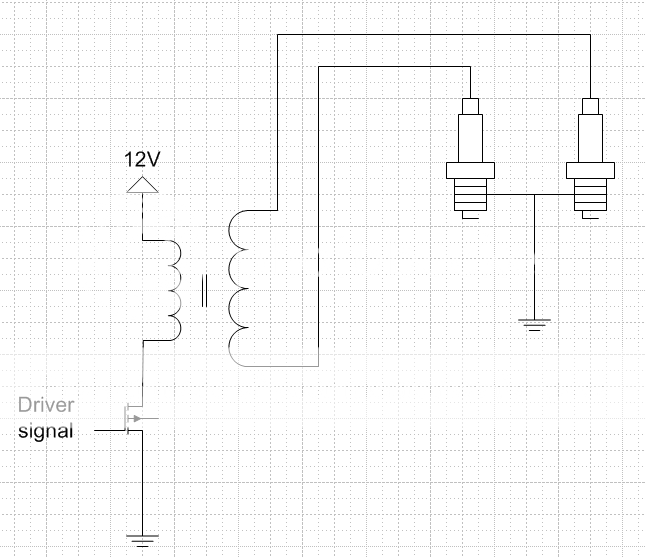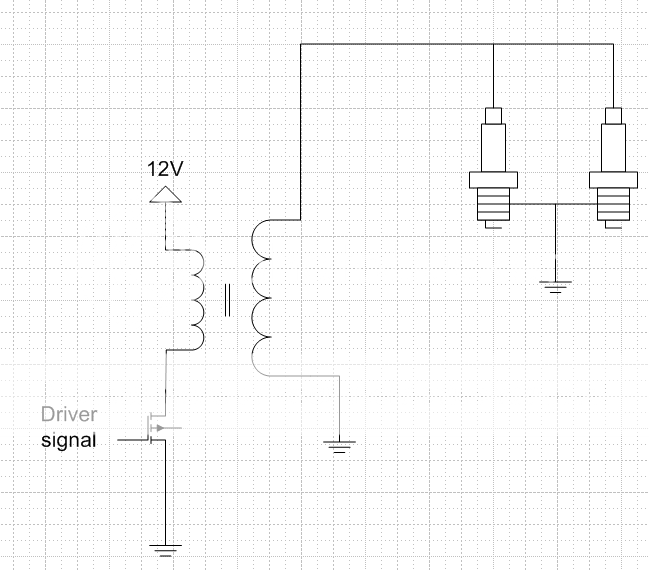That explains it, I thought it was a typical wasted spark system. I wonder why Mazda did it that way?
Typical wasted spark has:

Obviously, current can.t flow through one plug without flowing through the other one too.
The advantage is that the spark voltage can be twice as high (for bridging the dielectric strength of the gap) with the same 'system' voltage. It also helps to eliminate the shock hazard, as the spark needs a path to ground through the other plug to zap you.
What I understand from 'in parallel', is that Mazda connected the wires like this:

The current could follow either path, but as ReTED said, it will always follow the easy one. I find this very hard to believe, it would never fire the plug in the high pressure chamber.
There is an easy way to test this (I am traveling or I would).
Disconnect both lead plug wires at the coil and have a friend crank the engine.
If the spark jumps between the two posts, it is wasted spark, if it jumps from one of the posts to ground, it is wired in parallel (which makes absolutely no sense why they would do that).